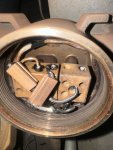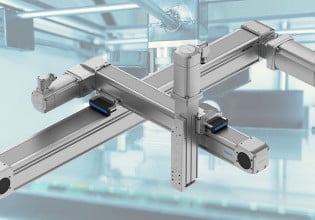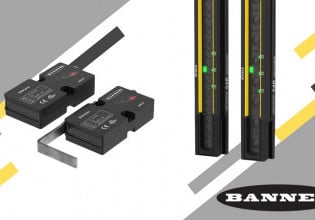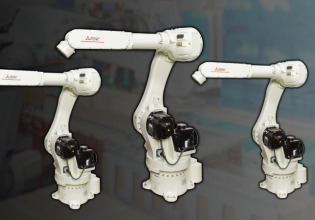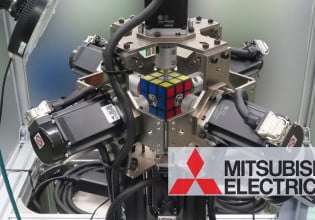Good afternoon everyone
Who had problems with the cables (burned) of the fire detector inside the load tunnel (photo attached). what solutions have you tried? can you please share the results?
Who had problems with the cables (burned) of the fire detector inside the load tunnel (photo attached). what solutions have you tried? can you please share the results?
Attachments
-
1.7 MB Views: 4
-
276 KB Views: 4

![IMG_8758[1].JPG](/forums/data/attachments/4/4086-e5bc43e8c9e8cff235be6f9db181d082.jpg)
